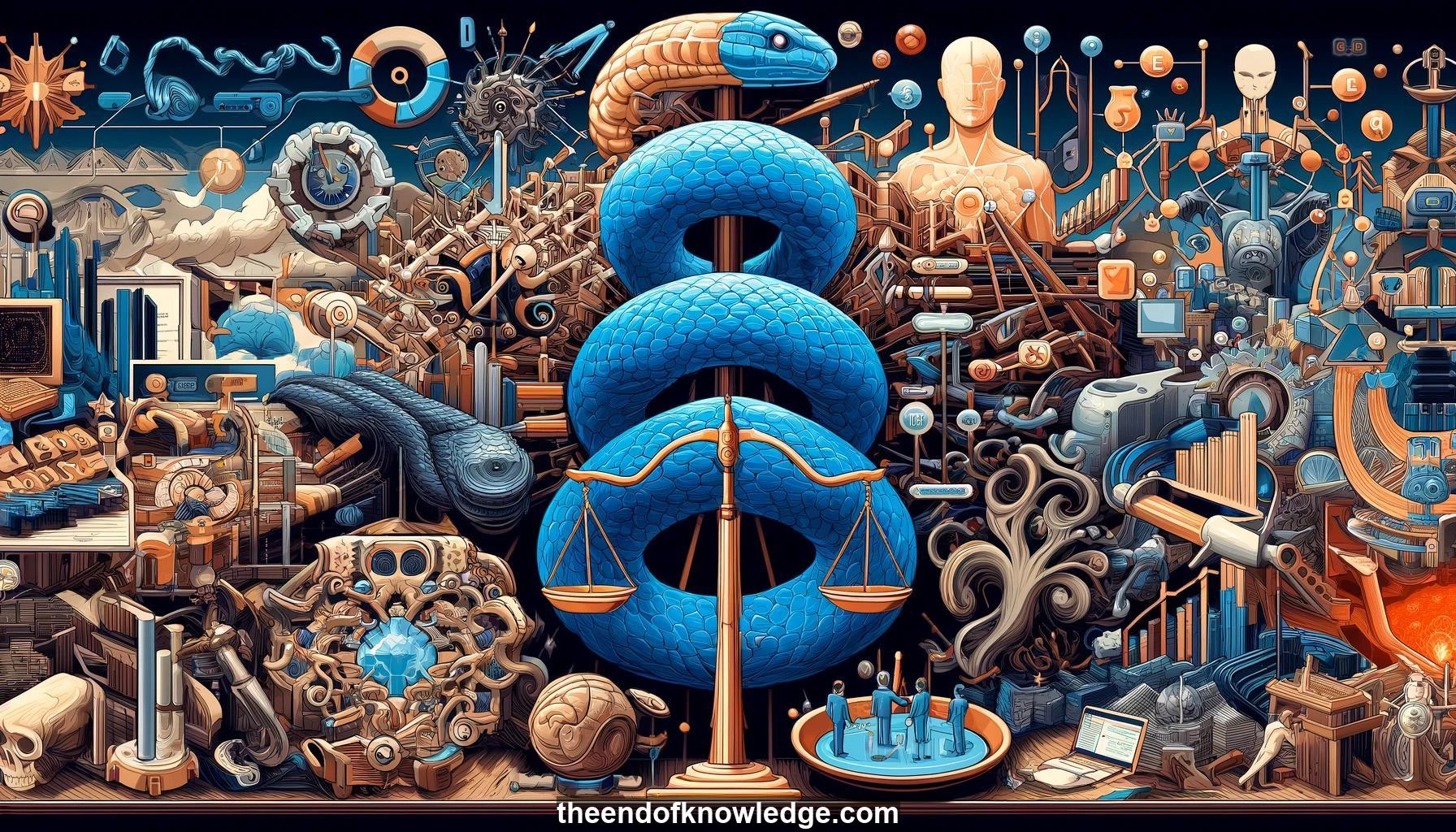 >
>
Concept Graph & Resume using Claude 3.5 Sonnet | Chat GPT4o | Llama 3:
Resume:
1.- Deep Canonical Correlation Analysis (DCCA) pioneered principled multimodal representation learning with deep neural networks and inspired reconstruction-free self-supervised representation learning.
2.- Hyperparameter Optimization paper demonstrated rigorous algorithmic hyperparameter tuning, treating it as a scientific and engineering problem rather than a heuristic approach.
3.- Learning Fair Representations was an influential early paper that helped establish the subfield of fairness in machine learning.
4.- The paper introduced key notions of fairness: individual fairness (similar treatment for similar individuals) and group fairness (equality between groups).
5.- Challenges included subset targeting, needing task-specific similarity metrics, and assuming access to a good approximation of ground truth fairness.
6.- An optimization approach was used with a vendor utility function and fairness constraints like Lipschitz continuity on representations.
7.- In 2012, the authors proposed a NeurIPS workshop on fairness in machine learning that was rejected due to audience size concerns.
8.- Learning Fair Representations paper extended the ideas, casting it as a representation learning problem to generalize to new data.
9.- Goals were to preserve information, generalize well, and lose demographic information. An information theoretic approach used mutual information terms.
10.- Implementation involved an encoder to learn representations and decoders to reconstruct inputs and predict demographics, in an adversarial setup.
11.- Experiments showed the method outperformed prior approaches on individual fairness metrics. Open problems included richer representations and refining fairness objectives.
12.- By 2014, more attention on societal harms of ML beyond just privacy. Workshops and conferences emerged dedicated to fairness, accountability, transparency.
13.- Authors continued improving the representation learning approach, matching distributions with MMD objectives and improved adversarial training stability.
14.- Key challenges remain in defining fairness mathematically to match philosophical and legal notions. ML systems now widely deployed with fairness concerns.
15.- Over-optimization is when optimizing a proxy objective too far makes the true objective worse. It happens when assumptions break down.
16.- In society, over-optimization examples include Cobra effect (paying for dead cobras caused cobra breeding) and Soviet nail factories making giant nails.
17.- An interpretation is proxy incentives are locally correct but optimized too far globally. Lack of regularization to avoid "weird" behaviors.
18.- General patterns: true objective is approximately quadratic but proxy goes to infinity; poor proxy estimates in low-data regions.
19.- In reinforcement learning from human feedback (RLHF), queries to a human produce reward data to train a reward model.
20.- The policy is then optimized against the reward model. Iterate between optimizing the policy and updating the reward model.
21.- Model-based RL enables hyperparameter tuning without re-collecting human data, providing a sample efficiency boost over model-free.
22.- Over-optimization in RLHF causes issues like repetitive phrases, excessive verbosity and hedging, and refusing reasonable requests.
23.- Simulated RLHF setups enable scalable studies of over-optimization phenomena. Gold reward model trained on full data acts as simulated human.
24.- Over-optimization frontier measured for both "best of N" sampling and PPO RL against KL divergence from original policy.
25.- Larger reward models are more resistant to over-optimization. Functional form of over-optimization frontier differs between best-of-N and RL.
26.- KL between best-of-N and original policy can be computed analytically and grows logarithmically with N. RL over-optimizes less efficiently.
27.- Human feedback and engagement metrics are proxies with mismatches from actual objectives. Getting unbiased high-quality feedback is an open problem.
28.- One approach is to assist human labeling with AI to amplify their abilities, like debates for one model to critique another.
29.- Mechanism design aims for weak human to incentivize strong AI systems to be helpful, even if the task is too hard for the human.
30.- Major frontiers are improving current systems with better feedback, new techniques to assist labeling, and bridging the objective-proxy gap.
Knowledge Vault built byDavid Vivancos 2024